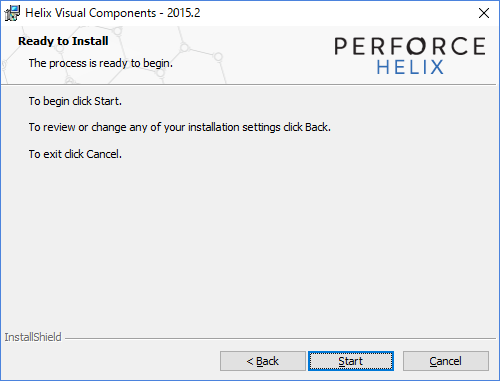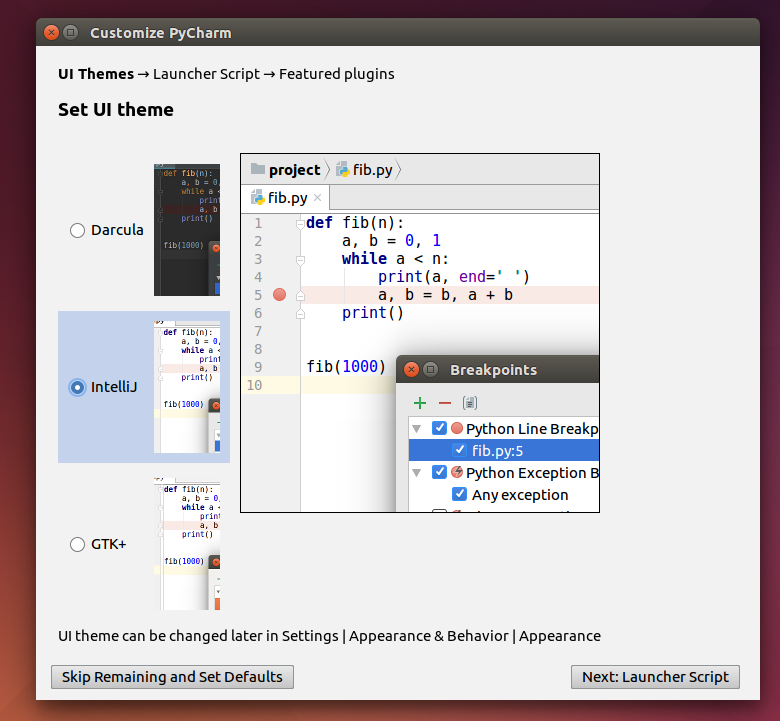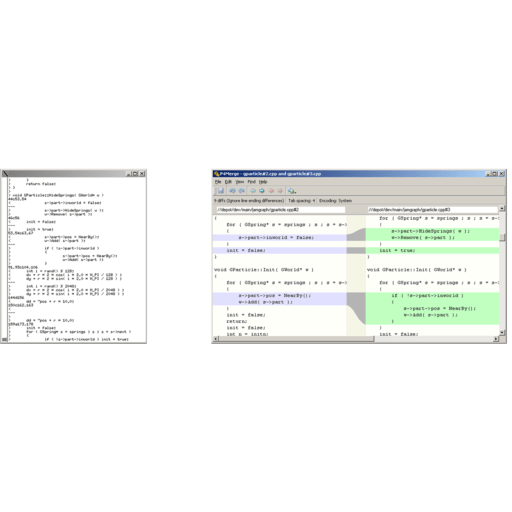
- #UBUNTU INSTALL P4MERGE HOW TO#
- #UBUNTU INSTALL P4MERGE FOR MAC#
- #UBUNTU INSTALL P4MERGE UPDATE#
- #UBUNTU INSTALL P4MERGE SOFTWARE#
- #UBUNTU INSTALL P4MERGE FREE#
#UBUNTU INSTALL P4MERGE FREE#
The application is free for up to five users and 20 workspaces.

To navigate, click the Previous or Next buttons. This allows you to compare two files with a base file to find differences and select the text you want in the merged file. P4Merge displays files side-by-side, with the center as a base file. The purple icon and its color scheme highlight the input file, while the green icon and its color scheme highlight the output file. P4V integrates with the P4 diff and merge tool. When done, submit the modified file back to the shared repository or depot, where it keeps track of all the file revisions. You open the files and edit them in your workspace. P4V is the client for the Helix core server that hosts all your data and resides in a depot.

#UBUNTU INSTALL P4MERGE SOFTWARE#
Helix P4V is a cross-platform, enterprise version control software to compare and merge source files, web pages, manuals, OS code, and more.
#UBUNTU INSTALL P4MERGE UPDATE#
The changes update in real-time, no matter how big the file gets.
#UBUNTU INSTALL P4MERGE FOR MAC#
It's available for Mac via third-party binaries or package managers like Homebrew.

You can use the command below to get it installed (if you’re not worried about the version you install): sudo apt install vim 5.Meld is a simple, cross-platform diff and merge tool.
#UBUNTU INSTALL P4MERGE HOW TO#
We also have a tutorial on how to install the latest Vim on Ubuntu. To use Vimdiff, you would need to have Vim installed on your system. Furthermore, having an idea of how to use buffers in Vim will be beneficial. So, I’d highly recommend you to get familiar with the basic commands of Vim if you intend to use this. However, if you know how to get around your way through Vim and its commands, you can perform a variety of tasks along with it. For starters, when you enter vimdiff command, it starts the vim editor with your usual diff. Vimdiff works in a more advanced manner than the usual diff utility. Whether you are using Vim in your terminal or the GUI version, you can use the vimdiff command. It’s one of the most powerful features that you get with Vim editor. Ability to export the results on an HTML web page.For Ubuntu-based distros, use the following command to get it installed: sudo apt install wdiff 4. Wdiff is available in the default repository of Debian derivatives and other distros. Ability to add colorized output by integrating with Colordiff.Finally, it collects the output from you’re met with word differences between two files. It starts by creating two temporary files and will run Diff over them. Wdiff is the CLI front end of the Diff utility, and it has a different approach for comparing files i.e it scans on a word-per-word basis.

Licensed under GPL and has digitally signed source code.Ĭolordiff is available in the default repository of almost every popular Linux distribution and if you’re using any Debian derivative, you can type in the following: sudo apt install colordiff 3.Improved readability over the Diff utility.Syntax highlighting with attractive colors.For some reason, if you find Diff utility a bit bland in terms of colors, you can use Colordiff which is a modified version of the diff command utility with enhanced color and highlighting.


 0 kommentar(er)
0 kommentar(er)
